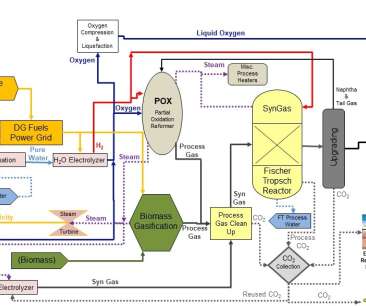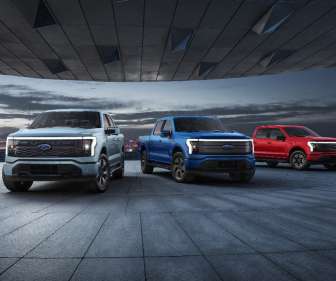HyperSolar reaches 1.25 V for water-splitting with its self-contained low-cost photoelectrochemical nanosystem
Green Car Congress
DECEMBER 10, 2014
volts (V) of water-splitting voltage with its novel low-cost electrolysis technology. The theoretical minimum voltage needed to split water molecules into hydrogen and oxygen is 1.23 Nanosystem for water electrolysis. This lowers the system cost of what is essentially an electrolysis process.





































Let's personalize your content